Peugeot Partner Review 2025
Peugeot Partner At A Glance
The smallest model in Peugeot’s revamped model line-up has been extensively revamped with a much smarter cabin, new front-end styling and improved tech. Read our full Peugeot Partner review to find out if it’s the perfect small van for you.
The smallest van in Peugeot’s model range is now in its fourth generation and shares its platform and most of its bodywork with the other small vans in the Stellantis stable – notably the Citroen Berlingo, Vauxhall Combo and Fiat Doblo. Together, they represent a fabulous range of vans and deserve the commercial success they’ve enjoyed.
Although not completely renewed compared with the model introduced in 2018, the Peugeot Partner was substantially facelifted in the spring of 2024, with new frontal styling and a new ‘shield’ Peugeot logo and front grille.
The facelift also brought in a plethora of new technology and safety equipment, including a new inductive charging ‘Smartphone Station’ a new 10-inch HD infotainment display, blind spot warnings, and optional Dynamic Surround Vision, which uses a screen in the place of a rear-view mirror to transmit the view from the rear of the van via a camera system to the driver’s eyeline. In addition, the top spec model comes with Peugeot’s unique ‘i-Cockpit’ driver information display.
Mechanically, the Peugeot Partner is offered with a choice of 100PS or 136PS 1.5-litre diesel engines, both of which are excellent, along with an electric model in the form of the Peugeot e-Partner, reviewed separately.
There are two body lengths available in the UK market – L1 and L2, the latter of which is also offered as a crew cab with flat-folding seats and a pop-up bulkhead to increase load space when they’re folded out of the way.
All non-crew cab versions are offered with the option of Peugeot’s ‘Multi-flex’ modular folding three-seater front bench, which allows greater storage capacity inside the cabin, using storage space under the centre seat cushion and a load through bulkhead.
Two trim levels are offered – the fleet-focused Professional and the plusher Asphalt, which gets improved interior trim, full wheel covers and body-coloured bumpers, along with LED projector headlamps.
Overall, the Peugeot Partner is a pretty compelling package.
Driving the Peugeot Partner
Much like its sister models, the Peugeot Partner is one of the best small vans on the market to drive.
It feels extremely car-like, with a compliant ride, predictable handling and sharp steering, both laden and unladen.
The handling is agile and sharp, it has a tight 11.8-metre turning circle and a low roof height, which means it’ll fit in most garages and multi-storey car parks with no issues.
The ride is great and soaks up broken surfaces well, while the electric power steering is both precise and well-weighted.
There are two engines on offer - both derivatives of Stellantis Group’s 1.5-litre diesel, which if offered in power outputs of 100 and 136PS.
The less powerful of the two is the most popular and it punches well above its weight, coping easily with the one-tonne payload and equipped with a well-spaced and slick-shifting six-speed manual gearbox, our only real criticism being that the rectangular shift lever is a bit awkward to hold.
The 136PS variant is offered only with the company’s eight-speed automatic gearbox, and that’s a real shame in two respects. First, that the engine is so good it would be a lot of fun with a manual, and second that the auto is also extremely competent and would probably suit the lower-powered engine just as well. Despite this the perky 136PS model is our favourite, despite the cost premium it attracts.
Overall visibility is good, helped by Stellantis’s Dynamic Surround View system, which projects a view of the rear of the van to a digital rear-view mirror. It’s useful for changing lanes and driving in traffic, but it’s hard to judge the distance of following vehicles, and reverse parking manoeuvres are best conducted using the mirrors when squeezing into tight spaces.
Peugeot Partner interior
There are two different body lengths of Peugeot Partner for the UK market. In L1 layout the van is 4.4 metres long, with 3.3 metres of usable load bay and the option of a load-through bulkhead. It will easily swallow a Euro pallet, but only comes with a single side loading door on the nearside.
A pair of side-loading doors is offered on the 4.75-metre-long L2, as well as a crew cab option which will still swallow a pallet and has a clever fold-out bulkhead and retractable rear seat, meaning you can take advantage of the full load bay length when it’s not being used, allowing space for a second Euro pallet. There’s no mistaking that this is a very well thought-out van.
Whichever model you go for, you’ll get a flat load bay and narrow wheelarch intrusions, making them extremely practical and spacious for vans of their size, while there’s also the option of a half-width bulkhead and folding passenger seat to extend the left-hand side of the load bay. Overall payload on all diesel models is 1000kg, putting it right at the top of the class.
Meanwhile, the revised cabin is smart, very comfortable and well laid-out ergonomically, with neat digital instruments and a flat-bottomed steering wheel that allows better access to and exit from the driver’s seat, while the upmarket Asphalt model has the “i-Cockpit” seen in Peugeot’s passenger cars, with all dials and gauges offering digital readouts in a number of selectable display formations. It’s a gimmick, maybe, but it’s also smart and good-looking, as well as much kinder on your eyes in dark conditions.
Most of the other controls are operated either via the 10-inch touchscreen or (in the case of the heater and ventilation controls) also through fiddly buttons mounted beneath it – though they can be controlled via the touchscreen if you find it easier.


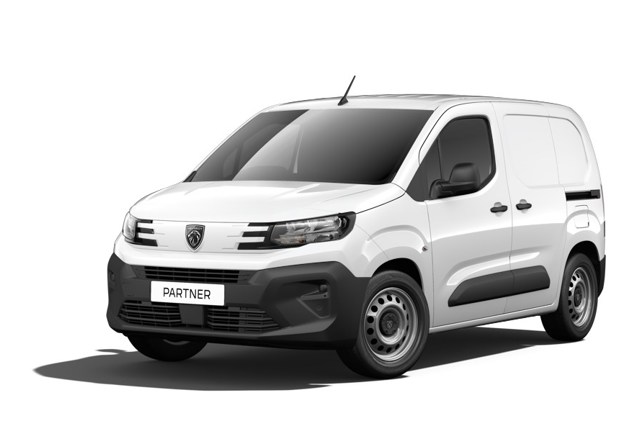
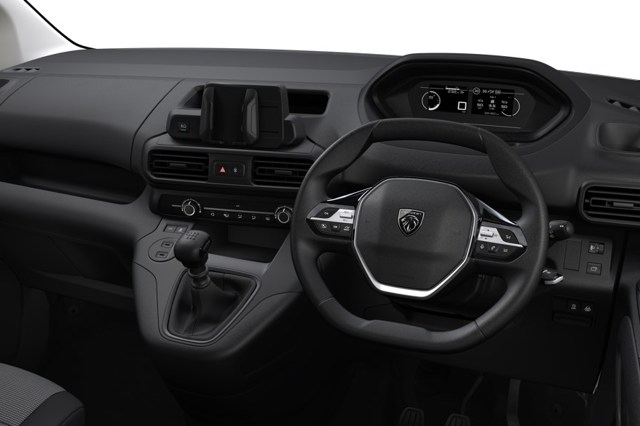
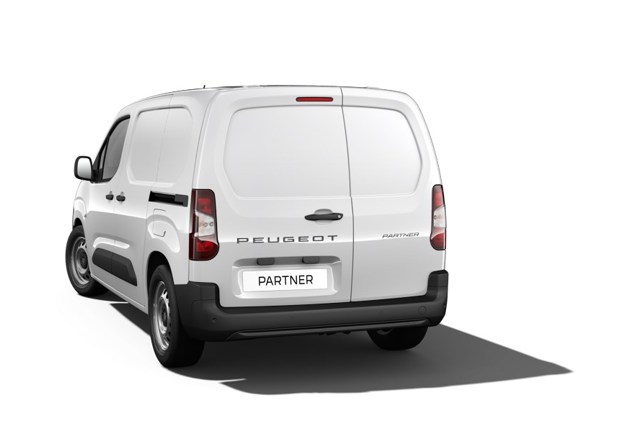
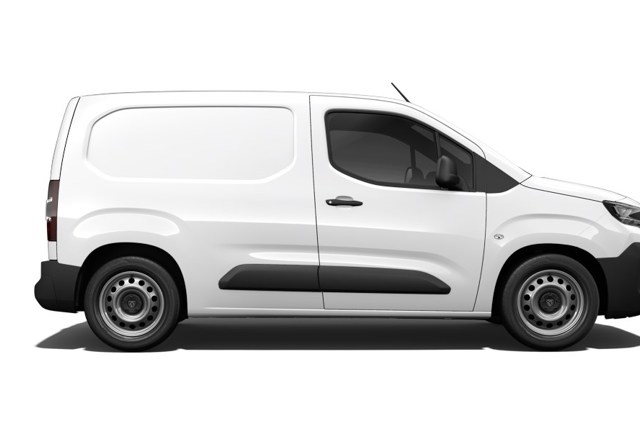
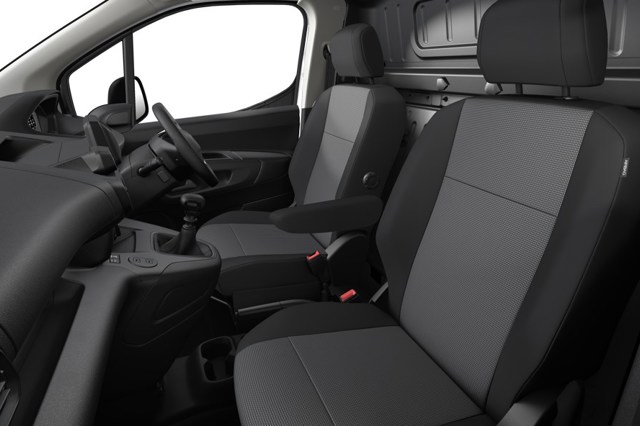
:no_upscale():format(webp)/https://cdn.uk.prod.group-mobility-trader.com/images/cas/4254ac75236f4cf1f37dc61324a52ce2/15b3e34065cdf8ff8d82df863639b99c.jpg)

 Impressive payload, smart cabin, great to drive
Impressive payload, smart cabin, great to drive
 Fiddly heater switchgear, only top spec models come as automatics
Fiddly heater switchgear, only top spec models come as automatics
:no_upscale():format(webp)/https://cdn.uk.prod.group-mobility-trader.com/images/cas/6ee37aec9daa380853cb64da7baf6160/d563075b0dfd16b8ecd24dd43822ffa6.jpg)
:no_upscale():format(webp)/https://cdn.uk.prod.group-mobility-trader.com/images/cas/4254ac75236f4cf1f37dc61324a52ce2/15b3e34065cdf8ff8d82df863639b99c.jpg)
:no_upscale():format(webp)/https://cdn.uk.prod.group-mobility-trader.com/images/fallback/coming-soon.webp)